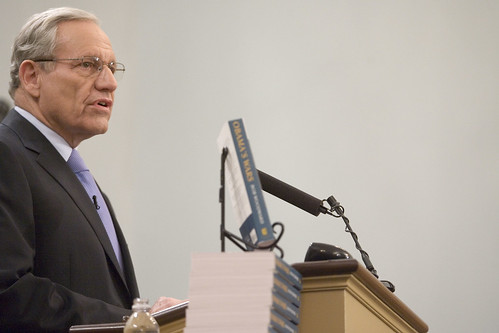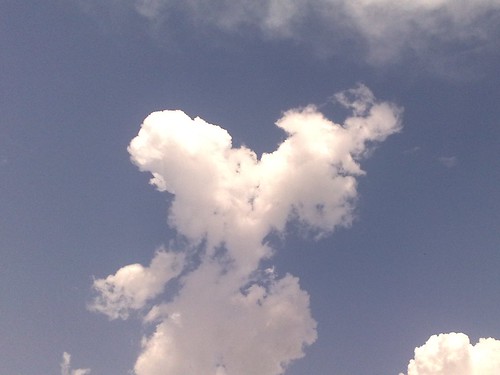I’m going to guess that you’ve seen the movie “Cool Runnings,” simply because I’ve never met anyone who hasn’t seen “Cool Runnings.” It’s one of my favorite films, the based-on-a-true-story tale of four Jamaican guys who somehow qualify for the Olympics as bobsledders. It’s funny, and goofy, and inspiring.
It’s also, it turns out, a really interesting case study in learning how to start doing the work.
Think about the beginning of the movie. We meet our four intrepid bobsledders in unlikely places: Three are trying to qualify for the Summer Olympics in track, and one is a pushcart driver. But when the track thing doesn’t work out, they come together to try to qualify for the Olympics in bobsled, even though they’ve never seen snow, and the Olympics is only a few months away.
And somehow, they qualify for the Games. These four men — through sheer willpower, and also a few classic Disney montages — put in the work needed to learn how to bobsled, and they make the Olympics.
But on the first night of the Games, disaster strikes. They can’t get into the sled fast enough, and the driver, Derice Bannock, has a bad race, and Jamaica finishes the day in last place among all teams.
Then comes the key scene. The whole team is back in their room in the Olympic Village. Derice and his coach, Irv, are talking about what went wrong. Derice suggests that maybe they don’t know enough about the race course. Maybe they don’t know about bobsledding to win.
And that’s when their coach says:
“You know the turns! You know everything there is to know about this sport!”
Think about that for a second, and strip away the fact that this is a Disney movie. Imagine it by itself: An Olympic-caliber coach telling his team, You know everything there is know about the sport, even though you just started learning about it a few months earlier.
That sounds outrageous, and it is. Of course they don’t know everything about the sport! Hell, it’s not even clear that a single member of the team could name someone besides their coach who’d ever competed in an Olympic bobsled event.
But what if I told you that their coach was right? What if I told you that they knew everything they needed to know? — to start, at least.
What do you really need to compete in a four-man bobsled race?
1. A sled
2. A bobsled track
3. Four really big, really strong, really fast men
4. Four helmets
5. Ice
And that’s it. You don’t need fifteen years of bobsled experience to start. You don’t need to know who won the four-man event in the 1984 Sarajevo Winter Games.
All you need is a sled, and a track, and four dudes, and some helmets, and some ice, and you can start racing.
Again, here’s the key concept: That’s what you need to start racing.
Yeah, to win a gold medal, it’s going to take years and years of practice. It’s going to take thousands of hours of work, and then some luck, and Jamaica wasn’t even close to having enough practical experience to win.
But to start, they had everything they need to know.
That’s the idea I want to drill into your heads. If you’re thinking about becoming the world’s best painter, well, yes, it’s going to take some time. You’re going to have spend a lot of time painting, and you’re probably going to spend a lot of time studying other painters.
But to start? All you need is a brush, a canvas, some paint and a little free time.
The world’s best basketball players all started with a ball, sneakers and a court. You think Michael Jordan waited until he’d watched a decade of basketball games before he felt he had enough basketball knowledge to pick up a ball?
Hell no.
The truth is, to start, you don’t need to know all that much. So start before you’re ready, because as Travis Robertson once wrote, you won’t feel ready until long after you’ve already started.
Let me give you another example. I was at a startup event in the fall and heard a guy pitch a lending business. He talked about how he’s been studying the field for five years, reading everything he can about lending, and he’d finally decided that he was ready to start.
The judges asked him what he’d actually done for his business idea in those five years.
Well, he said, I’ve read the books, and I’ve…
No, no, the judges said. What have you done? What actual work do you have to show us?
Nothing, he said.
And where do you think you’d be if, five years ago, you’d started building something instead of just thinking about it?, the judges asked.
The man’s face went blank.
You don’t need to know that much to start. You just need to know that you can do the work, and that you’re passionate about doing the work.
You need to start before you’re really ready to start, because that’s when you’re going to learn the most about what you’re doing. What you’ll read about in books is helpful, and important, but it’s nothing compared to the self-discoveries you’ll make along the way. The most important knowledge is what you’re going to learn during the process of the doing.
If you already know what you want to do, then ask yourself: What are the most basic tools I need to start?
If you have them already, then the only thing truly keeping you from starting is you.












